Core Features You Can Count On
Core Features You Can Count On
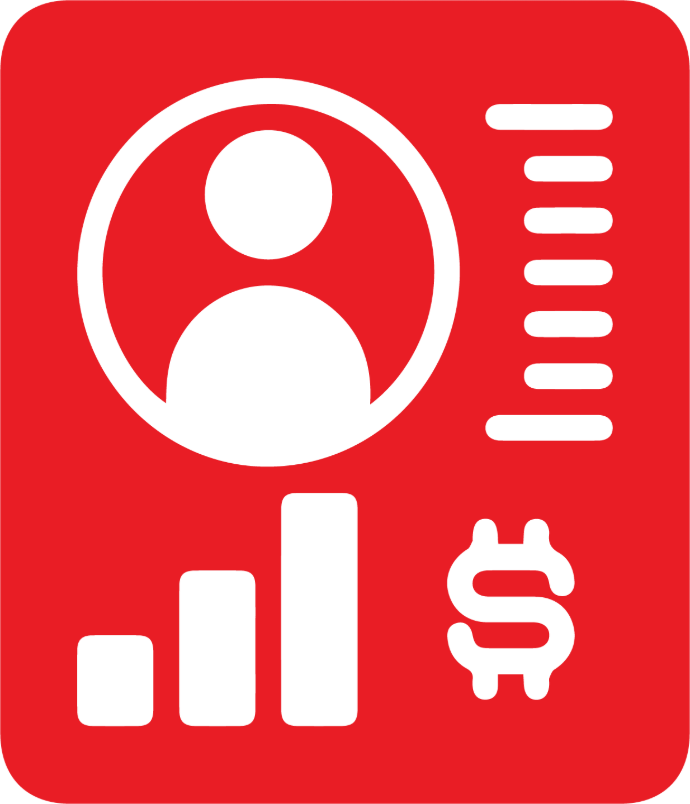
SKR03/SKR04 +
Custom Chart
of Accounts
Use the standard
German frameworks or
customize your own.

Complete
Financial
Accounting
Covers domestic, EU, and international transactions—including triangle deals and multi-currency support.
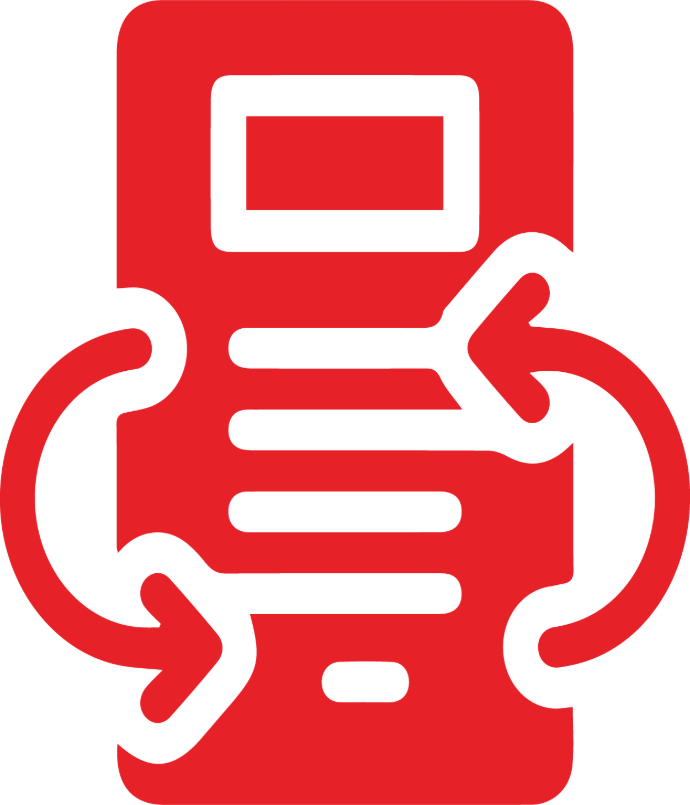
Templates for
Recurring
Postings
Simplify repetitive
accounting tasks with automation templates.

DATEV
Export &
Import
Unlike standard Odoo Enterprise, our bidirectional DATEV interface allows seamless collaboration with your German tax advisor.

SKR03/SKR04 +
Custom Chart
of Accounts
Use the standard
German frameworks or
customize your own.

Complete
Financial Accounting
Covers domestic, EU, and international transactions—including triangle deals and multi-currency support.

Templates for Recurring
Postings
Simplify repetitive
accounting tasks with automation templates.

DATEV
Export &
Import
Unlike standard Odoo Enterprise, our bidirectional DATEV interface allows seamless collaboration with your German tax advisor.
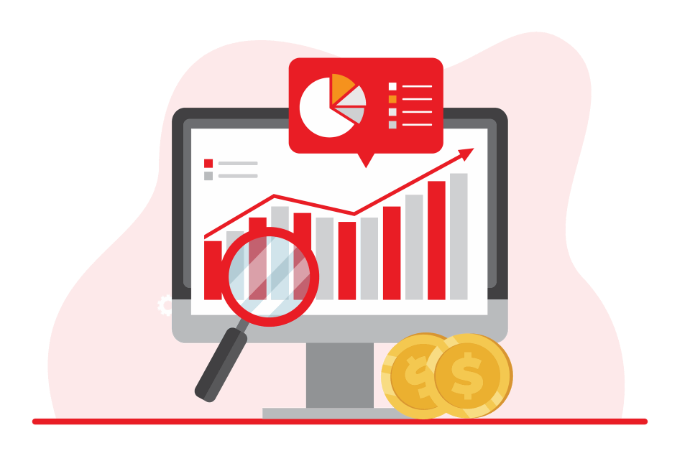
Budgeting & Financial Forecasting
Stop managing your business based on bank balance alone. Plan ahead!
Set optimistic & pessimistic budgets
Track general ledger accounts in real time
Compare budgeted vs. actual expenses
Export data to Excel for deeper BI insights
Budgeting & Financial Forecasting
Stop managing your business based on bank balance alone. Plan ahead!
Set optimistic & pessimistic budgets
Track general ledger accounts in real time
Compare budgeted vs. actual expenses
Export data to Excel for deeper BI insights

Asset Accounting – Legally Compliant & Automated
Record, depreciate, and manage assets with ease. Fully compliant with §247 and §266 HGB.
Auto-depreciation of vehicles, equipment, and IP
Clear PDF-ready asset overviews
Support for new/used vehicle rules
Integrated inventory overviews for year-end closing
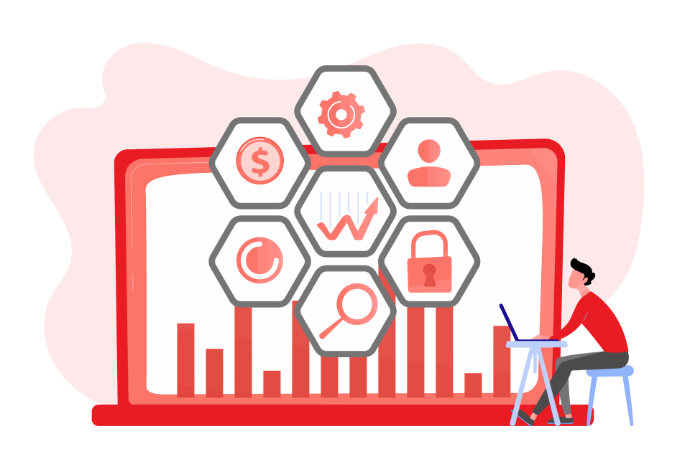
Asset Accounting – Legally Compliant & Automated
Record, depreciate, and manage assets with ease. Fully compliant with §247 and §266 HGB.
Auto-depreciation of vehicles, equipment, and IP
Clear PDF-ready asset overviews
Support for new/used vehicle rules
Integrated inventory overviews for year-end closing

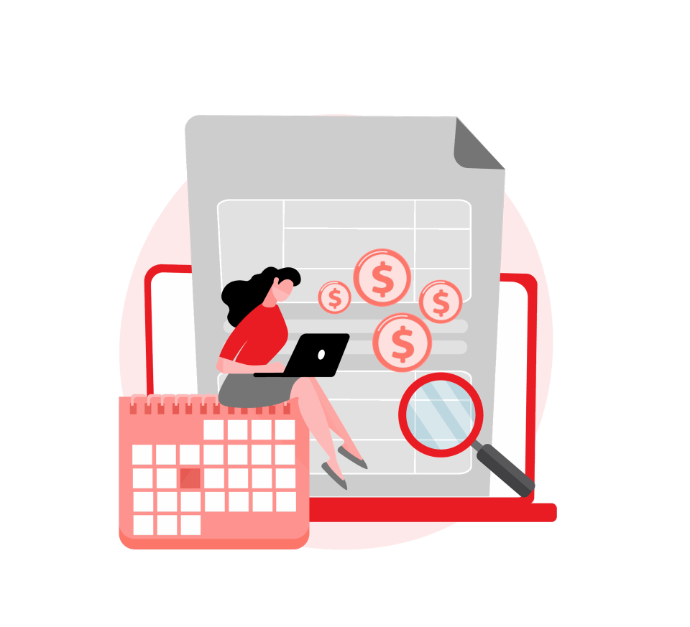
Year-End Closing Made Simple
ITISeasy.business helps you wrap up the fiscal year correctly—with:
Revaluation for FX transactions
Accruals and deferrals journal
Inventory valuation support
Auto-updated balance sheet and P&L
And with our built-in DATEV interface, transferring to your tax advisor is just one click away!
Year-End Closing Made Simple
ITISeasy.business helps you wrap up the fiscal year correctly—with:
Revaluation for FX transactions
Accruals and deferrals journal
Inventory valuation support
Auto-updated balance sheet and P&L
And with our built-in DATEV interface, transferring to your tax advisor is just one click away!

Management Dashboards & BI Reports
Get instant access to the numbers that matter.
Three types of reports available:
Live Dashboards – Customizable KPIs for instant insights
BI Views – Drill-down analytics for departments
PDF Reports – Ideal for print, audit, or regulatory use
From receivables to tax returns—monitor it all.
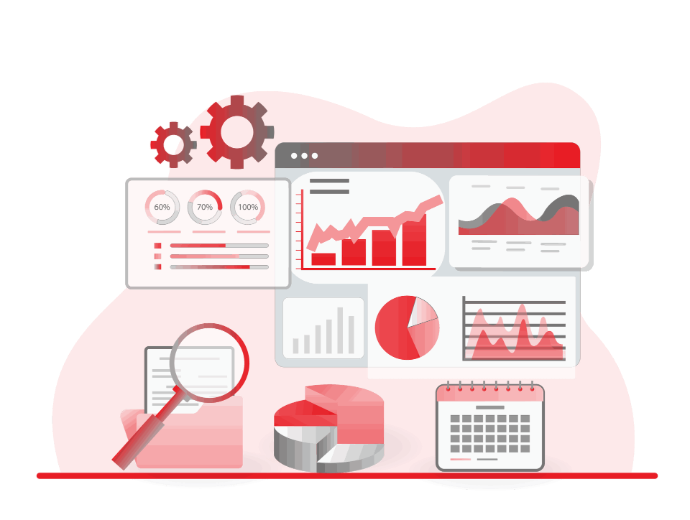
Management Dashboards & BI Reports
Get instant access to the numbers that matter.
Three types of reports available:
Live Dashboards – Customizable KPIs for instant insights
BI Views – Drill-down analytics for departments
PDF Reports – Ideal for print, audit, or regulatory use
From receivables to tax returns—monitor it all.

Dunning & Payment Management
Ensure timely payments and streamline cash flow with:
SEPA Direct Debit and Online Banking Integration
Full Dunning Process with batch/individual reminders
Factoring support for financial flexibility

Dunning & Payment Management
Ensure timely payments and streamline cash flow with:
SEPA Direct Debit and Online Banking Integration
Full Dunning Process with batch/individual reminders
Factoring support for financial flexibility

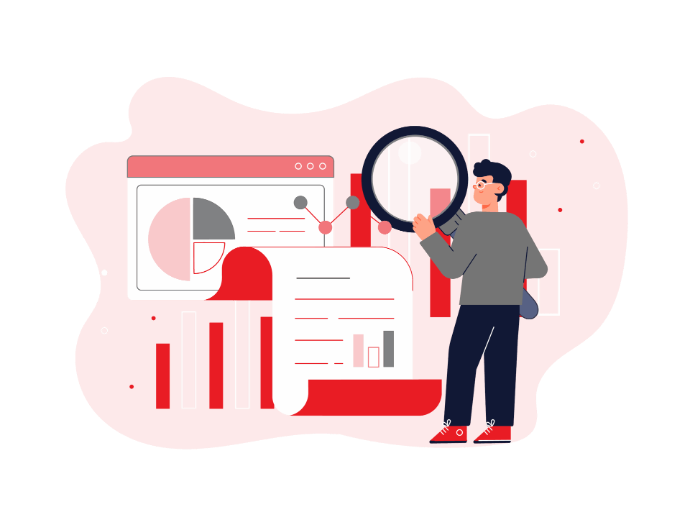
Compliance First, Always
Compliant with GoB, GoBD, HGB, and other German regulatory standards.
Integrated VAT Returns
Chronological & logical documentation
Audit-ready transparency
Private cloud hosting in Germany
Compliance First, Always
Compliant with GoB, GoBD, HGB, and other German regulatory standards.
Integrated VAT Returns
Chronological & logical documentation
Audit-ready transparency
Private cloud hosting in Germany

External Integrations &
Group Structures
Consolidate across clients/franchise models
Interfaces to downstream financial systems
Real-time sync with modules like CRM, Inventory, Projects

External Integrations & Group Structures
Consolidate across clients/franchise models
Interfaces to downstream financial systems
Real-time sync with modules like CRM, Inventory, Projects

Beyond Financial Accounting
ITISeasy.business is not just an accounting tool—it’s a complete ERP ecosystem designed for German businesses:
ITISeasy.docs – Document management
ITISeasy.email – Groupware and communication
ITISeasy.team – Online meetings and collaboration
Beyond Financial Accounting
ITISeasy.business is not just an accounting tool—it’s a complete ERP ecosystem designed for German businesses:
ITISeasy.docs – Document management
ITISeasy.email – Groupware and communication
ITISeasy.team – Online meetings and collaboration
Ready to Upgrade Your Accounting?
Whether you need clarity, compliance, or control—ITISeasy.business delivers.
Let us show you how it works with a free demo.
Ready to Upgrade Your Accounting?
Whether you need clarity, compliance, or control—ITISeasy.business delivers.
Let us show you how it works with a free demo.
Request a Demo
Contact Our Experts
Configure Your ERP in Our Shop